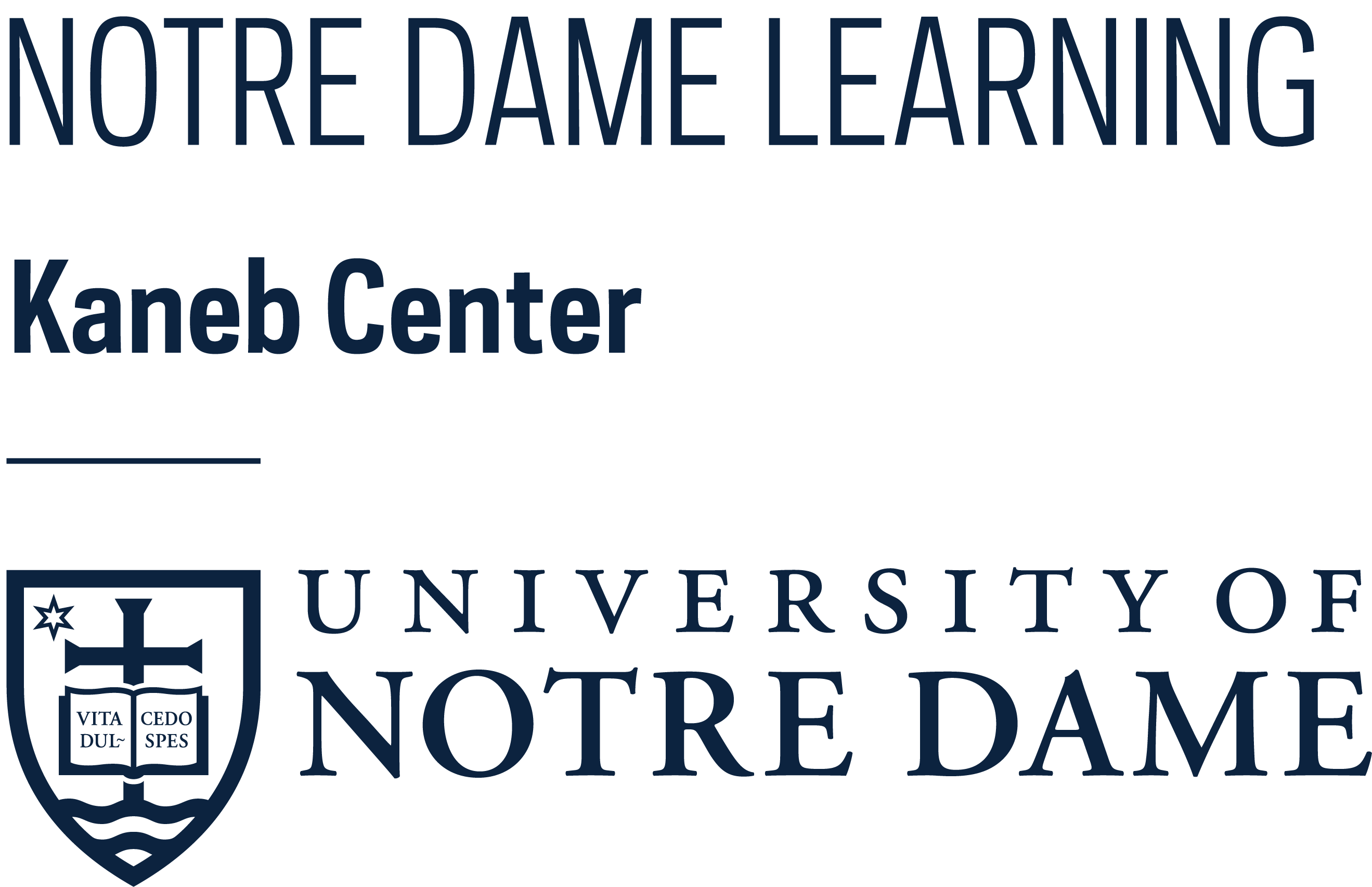With midterm season quickly approaching, many instructors are concerned with how to curb cheating in the classroom. In his talk at Notre Dame in November 2013, Dr. James Lang (Associate Professor of English at Assumption College) noted that when students engage in academically dishonest behaviors, often times they are reacting inappropriately to a learning environment that has not sufficiently captured their attention or motivated them to learn. Using his intriguing research as a guide, he presented “Five Features of a Learning Environment that Induce Cheating” from his book “Cheating Lessons: Learning from Academic Dishonesty.” Those five features include:
- Motivation is extrinsic: If students are driven by factors outside themselves (e.g., grades, parental-approval), then they may be more likely to cheat. As an instructor then, we should try to foster intrinsic motivation in students.
- Orientation toward performance: If emphasis is on performance–such as tests, exams, papers–rather than mastery-oriented goals, students may be more likely to cheat; however, if instructors design mastery-oriented courses, students may be less inclined to cheat.
- Infrequent, high-stakes assessments: If students’ grades are based on only a few assessments, cheating may be more likely to occur. Considering such, creating multiple low-stakes assessments (smaller grades spread throughout the semester) in lieu of placing emphasis on only a few larger grades gives students several chances to succeed and reduces the pressure to perform well on any single assignment.
- Low self-efficacy: When students believe they cannot do the work–whether they fear they will not be graded fairly or that they may not be able to do the work at all–they may be more likely to cheat. Therefore, it is important that we, as instructors, promote self-efficacy in students by practicing fair and well-defined grading procedures, having reasonable expectations, and scaffolding learning experiences to help students rise to the occasion.
- Cheating perceived as common and approved by peers: When students believe cheating is a common classroom occurrence and that their peers also engage in or condone cheating, cheating is more likely to occur. In order to discourage these behaviors, by improving the classroom environment and getting to know your students.
Eliminating or minimizing these features in your classes and assessment strategies will help to minimize cheating among your student. Beyond curbing cheating, there are numerous advantages to promoting a positive learning environment and we should always remember to consider the learning environment we provide for students.
Resources: Lang, J. M. (2013). Cheating lessons: Learning from Academic Dishonesty. Cambridge, MA: Harvard University Press.
[This resource is available through the Kaneb Center Library]
